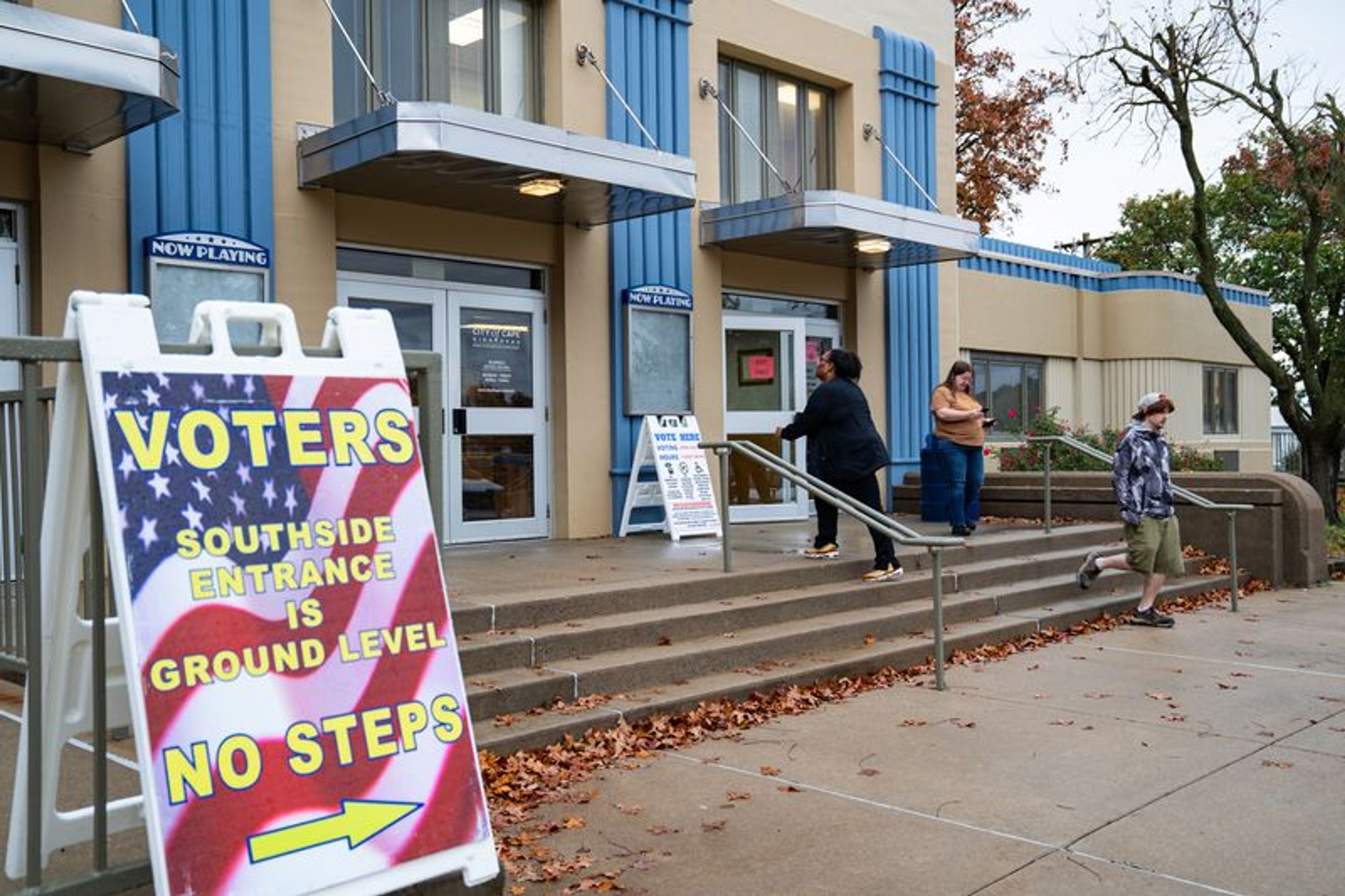Shift in state's power base is focus of bills
No one knows for sure how the politics of state government will be affected when Missouri's legislative term limits take full effect this year. November's elections will see dozens of new faces vying for House and Senate seats being vacated by seasoned officeholders...
No one knows for sure how the politics of state government will be affected when Missouri's legislative term limits take full effect this year. November's elections will see dozens of new faces vying for House and Senate seats being vacated by seasoned officeholders.
In some ways, term limits might be expected to mean more reliance on unelected bureaucrats, the men and women who work in various support jobs within the legislature or who run the day-to-day operations of the state's many departments and agencies.
There is another branch of government that also could assume more clout as the result of legislative term limits: the executive branch. The governor's office already exerts a major influence on every aspect of state government from budgeting to policies. If some proposals currently being considered in Jefferson City are approved, the executive branch would have even more control.
All of which makes it vital that any shifts in the balance among Missouri's executive, legislative and judicial branches be made with caution.
One target of proposed legislation this year is the Missouri Department of Transportation. MoDOT has endured a few rocky years resulting from a combination of questionable financial forecasting and leadership responsible only to an independent State Highways and Transportation Commission.
While both areas have received considerable attention of late, there are bills on tap that would, on the one hand, affect the way highway commissioners are selected and, on the other hand, abolish the commission and make the MoDOT director subject to gubernatorial appointment.
Indeed, this latter bill would eliminate the commissions that run the transportation, labor and industrial relations, higher education, elementary and secondary education and mental health departments. Instead, the directors of all five departments would be named by the governor, be confirmed by the Senate and report directly to the governor.
One consideration for legislators is the history of gubernatorial terms in this state in the last three-plus decades, which shows that every governor except one has served eight years -- two terms -- which is the term limit for our governors.
Before Warren Hearnes of Charleston, Mo., was elected in 1965, no governor had ever served more than six years since Missouri became a state in 1820. Most governors before Hears served were in office four years or fewer. Hearnes' successor, Kit Bond (currently as U.S. senator), served two terms as well, split by the four-year term of Joe Teasdale. John Ashcroft, the current U.S. attorney general, served two full terms, and his successor, Mel Carnahan, served nearly all of his two terms before he died in a plane crash.
Perhaps this is the time to look at Missouri's departments and evaluate the benefits of independence versus a strong executive branch. But no major changes should be made without careful consideration of the long-term effects of such changes.
Connect with the Southeast Missourian Newsroom:
For corrections to this story or other insights for the editor, click here. To submit a letter to the editor, click here. To learn about the Southeast Missourian’s AI Policy, click here.








